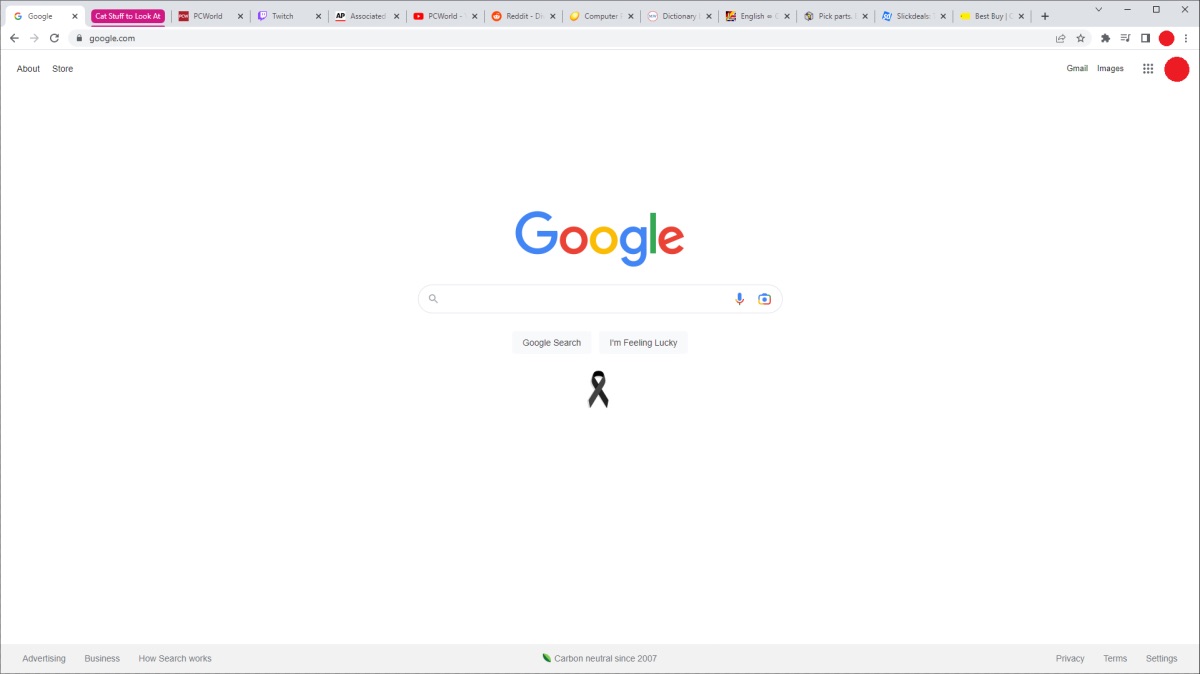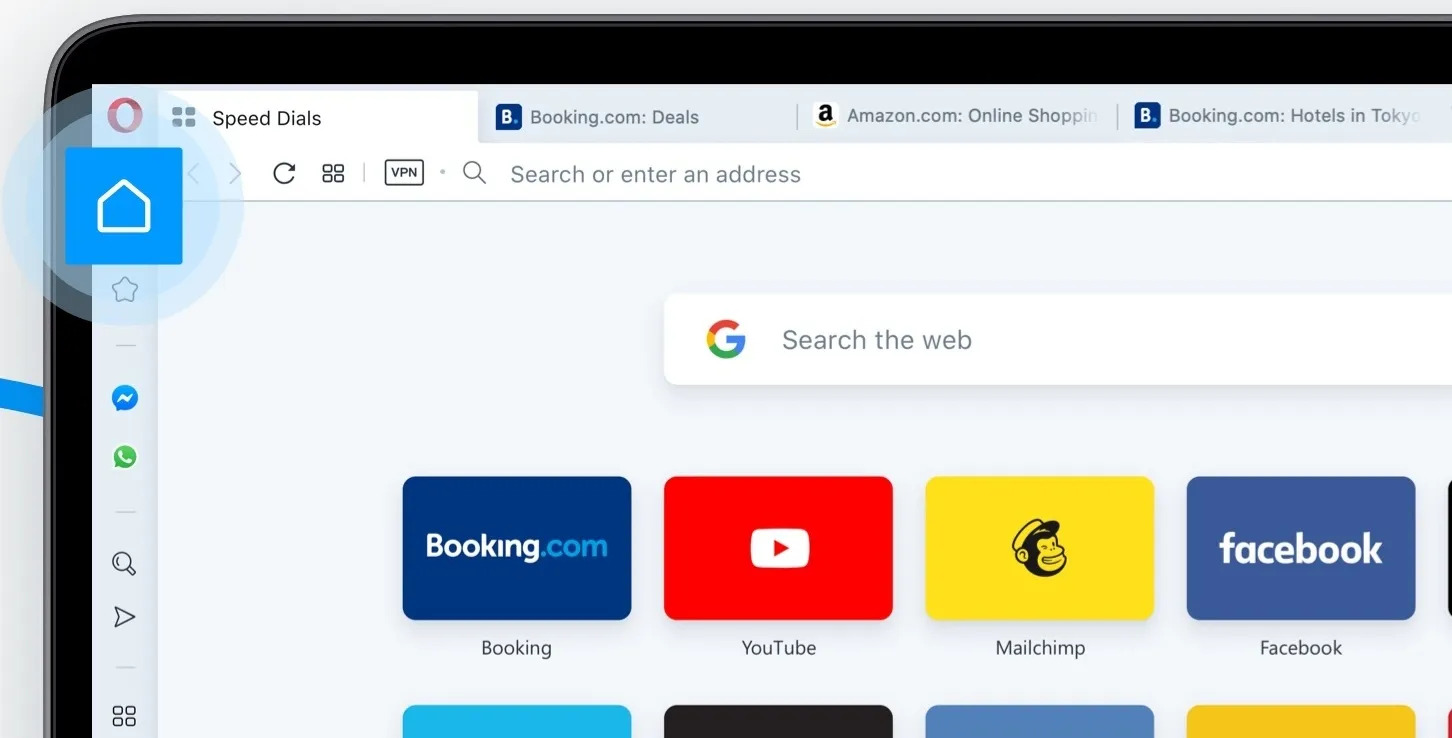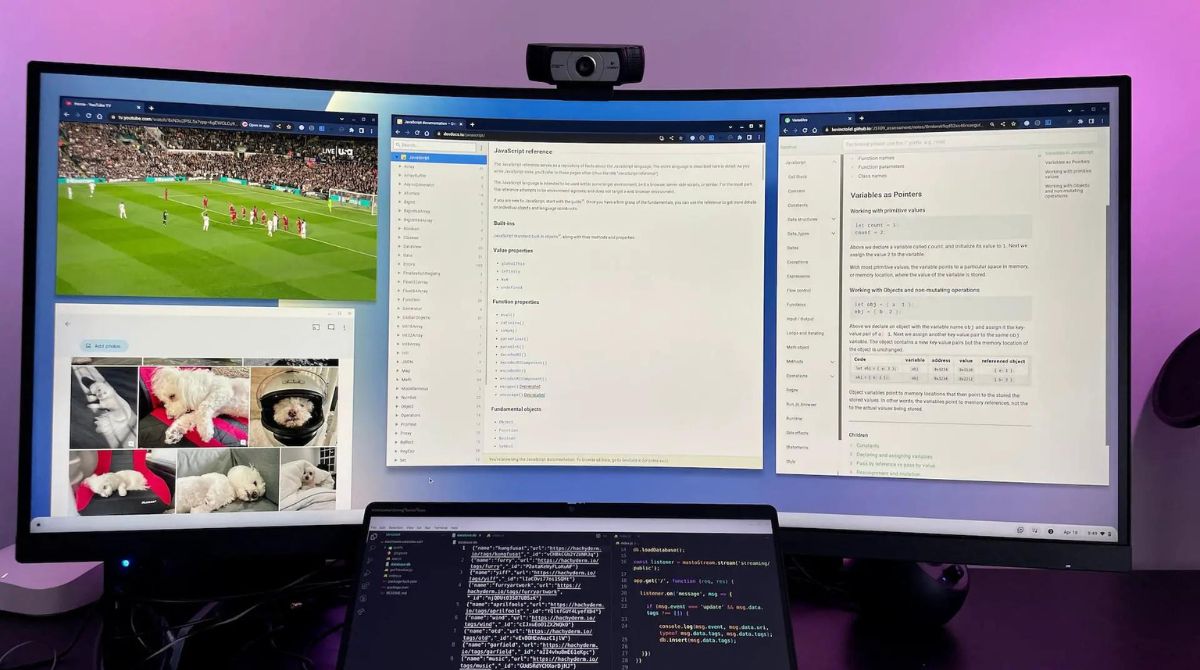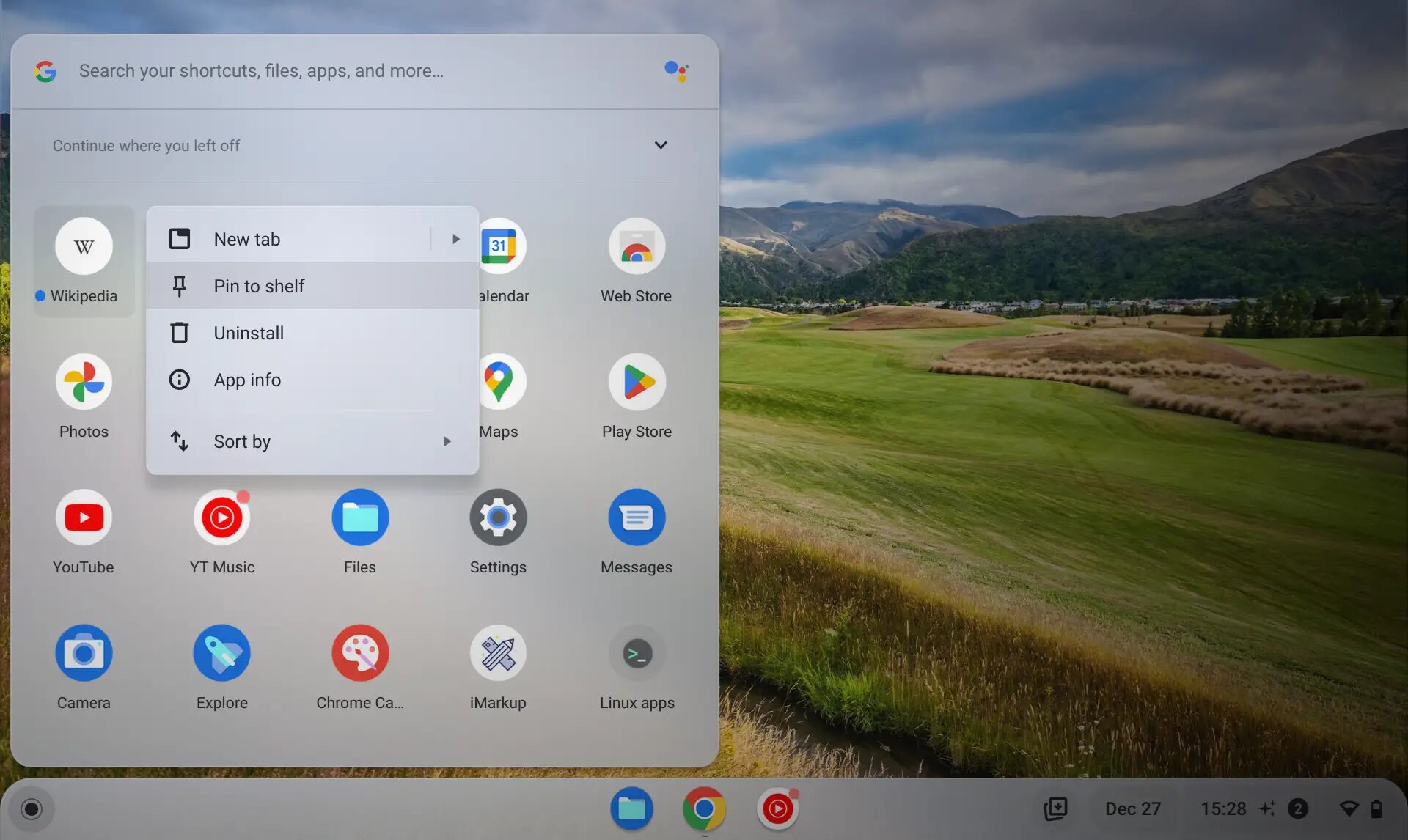Introduction
Navigating between tabs in a web browser is a fundamental aspect of the online experience. Whether you are conducting research, shopping, or simply browsing the web, the ability to seamlessly move between tabs can significantly enhance your productivity and overall browsing experience. In this article, we will explore various methods to efficiently move between tabs in the Google Chrome browser. By mastering these techniques, you can streamline your workflow and effortlessly manage multiple tabs, ultimately optimizing your online activities.
As technology continues to evolve, web browsers have become increasingly sophisticated, offering a myriad of features to accommodate diverse user preferences. Google Chrome, renowned for its speed, simplicity, and user-friendly interface, provides several intuitive methods for tab navigation. Whether you prefer using the mouse, keyboard shortcuts, or touchpad gestures, Chrome offers versatile options to cater to your specific navigation style.
By understanding and implementing these techniques, you can navigate between tabs with ease, allowing you to multitask effectively and access your desired web content without unnecessary delays. Whether you are a casual user or a power user seeking to maximize efficiency, mastering these tab navigation methods will undoubtedly elevate your browsing experience. Let's delve into the various approaches to moving between tabs in Chrome, empowering you to harness the full potential of this popular web browser.
Using the Mouse to Move Between Tabs
Navigating between tabs using the mouse is a straightforward and intuitive method that many users find convenient. In Google Chrome, the tab bar is prominently displayed at the top of the browser window, allowing for easy access and seamless tab management. By leveraging the mouse, you can effortlessly switch between tabs and organize your browsing sessions with precision.
Clicking on Tabs
The most common way to move between tabs using the mouse is by clicking directly on the tab of interest. Each open tab is represented by a distinct visual element on the tab bar, typically displaying the page title or an identifiable favicon. By clicking on a specific tab, you can instantly switch to the corresponding web page, enabling swift navigation and efficient multitasking.
Tab Scrolling
In instances where numerous tabs are open and the tab bar becomes crowded, Chrome provides a convenient tab scrolling feature. When the number of open tabs exceeds the available space on the tab bar, navigational arrows appear at the ends, allowing you to scroll through the tabs horizontally. By clicking on these arrows, you can smoothly navigate through all open tabs, ensuring that no tab is overlooked or inaccessible.
Tab Preview
For users who prefer a visual preview of tab content before switching, Chrome offers a tab preview feature when hovering the mouse cursor over a tab. This functionality provides a glimpse of the tab's content, facilitating quick identification and selection of the desired tab. By leveraging tab previews, users can efficiently navigate between tabs with enhanced visual context, optimizing their browsing experience.
Drag and Drop
Another mouse-based method for tab management involves the drag-and-drop functionality. Users can rearrange the order of tabs by clicking and dragging a tab to a new position on the tab bar. This feature enables personalized tab organization, allowing users to prioritize and group tabs according to their preferences. By leveraging drag and drop, users can customize their tab arrangement, fostering a tailored browsing environment.
By utilizing these mouse-centric techniques, users can seamlessly navigate between tabs in Google Chrome, harnessing the browser's intuitive interface to optimize their browsing experience. Whether it's clicking on tabs, utilizing tab scrolling, leveraging tab previews, or employing drag-and-drop functionality, Chrome offers a diverse array of mouse-based methods to accommodate various user preferences and streamline tab management.
Using Keyboard Shortcuts to Move Between Tabs
Keyboard shortcuts are a powerful and efficient way to navigate between tabs in the Google Chrome browser. By memorizing and utilizing these shortcuts, users can swiftly switch between tabs without relying on the mouse, significantly enhancing their browsing speed and productivity. Chrome offers a range of keyboard shortcuts specifically designed for tab management, empowering users to seamlessly navigate their browsing sessions with minimal effort.
Basic Tab Navigation Shortcuts
-
Ctrl + Tab and Ctrl + Shift + Tab: Pressing Ctrl + Tab allows users to cycle forward through the open tabs, sequentially moving to the next tab in the tab order. Conversely, Ctrl + Shift + Tab enables users to cycle backward through the tabs, facilitating quick navigation in the reverse direction. These shortcuts are particularly useful for rapidly switching between adjacent tabs, optimizing multitasking and content access.
-
Ctrl + 1 through Ctrl + 8: Chrome assigns a numerical index to each open tab, starting from the leftmost tab as 1 and incrementing sequentially to the right. By pressing Ctrl combined with a specific number key (1 through 8), users can instantly switch to the corresponding tab. This direct tab access method is ideal for users who frequently navigate to specific tabs within their browsing sessions, offering a convenient and expedient approach to tab management.
Advanced Tab Management Shortcuts
-
Ctrl + 9: In scenarios where a large number of tabs are open, pressing Ctrl + 9 instantly navigates to the rightmost tab, providing a swift means to access the last tab without manually cycling through each tab. This shortcut is particularly valuable for users with extensive tab usage, allowing them to efficiently reach the most recently opened tab without unnecessary navigation.
-
Ctrl + W and Ctrl + Shift + W: While not exclusive to tab navigation, these shortcuts are essential for tab management. Ctrl + W closes the current tab, streamlining the process of tab removal, while Ctrl + Shift + W closes the entire Chrome window. By mastering these shortcuts, users can effectively declutter their browsing environment and optimize tab organization.
By familiarizing themselves with these keyboard shortcuts, users can elevate their tab navigation proficiency, seamlessly moving between tabs and optimizing their browsing experience in Google Chrome. Whether it's basic tab navigation shortcuts like Ctrl + Tab and Ctrl + Shift + Tab, or advanced tab management shortcuts including Ctrl + 1 through Ctrl + 8 and Ctrl + 9, Chrome offers a comprehensive array of keyboard shortcuts tailored to expedite tab navigation and streamline user interaction with the browser.
Using Touchpad Gestures to Move Between Tabs
In addition to traditional mouse and keyboard navigation, Google Chrome offers touchpad users a seamless and intuitive method to move between tabs. Touchpad gestures provide a tactile and fluid approach to tab management, enhancing the browsing experience for users who prefer touch-based interactions. By leveraging touchpad gestures, users can effortlessly navigate between tabs, fostering a dynamic and responsive browsing environment.
Two-Finger Swipe
One of the primary touchpad gestures for tab navigation in Chrome involves the two-finger swipe. When multiple tabs are open, users can perform a horizontal two-finger swipe on the touchpad to smoothly transition between tabs. Swiping to the left facilitates navigation to the previous tab, while swiping to the right directs users to the subsequent tab. This intuitive gesture mirrors the physical act of flipping through pages, providing a natural and tactile method for tab navigation.
Pinch-to-Zoom Gesture
Chrome's touchpad functionality extends beyond basic tab switching, offering the pinch-to-zoom gesture for seamless tab management. By placing two fingers on the touchpad and performing a pinching motion, users can zoom out to view all open tabs in a visually condensed format. This gesture provides a comprehensive overview of the open tabs, enabling users to select their desired tab with precision. Upon selecting a tab, users can reverse the pinch motion to zoom back into the chosen tab, seamlessly transitioning to the selected web page.
Three-Finger Swipe
For users seeking an alternative touchpad gesture, Chrome introduces the three-finger swipe as a versatile method for tab navigation. By swiping horizontally with three fingers on the touchpad, users can effortlessly move between tabs, mirroring the functionality of the two-finger swipe. This gesture offers an additional touchpad navigation option, catering to diverse user preferences and touchpad capabilities.
By embracing touchpad gestures, users can elevate their tab navigation proficiency, seamlessly transitioning between tabs and optimizing their browsing experience in Google Chrome. Whether it's the two-finger swipe for fluid tab switching, the pinch-to-zoom gesture for comprehensive tab overview, or the three-finger swipe as an alternative touchpad navigation method, Chrome's touchpad gestures empower users to interact with their tabs in a tactile and responsive manner, enhancing their overall browsing experience.

























